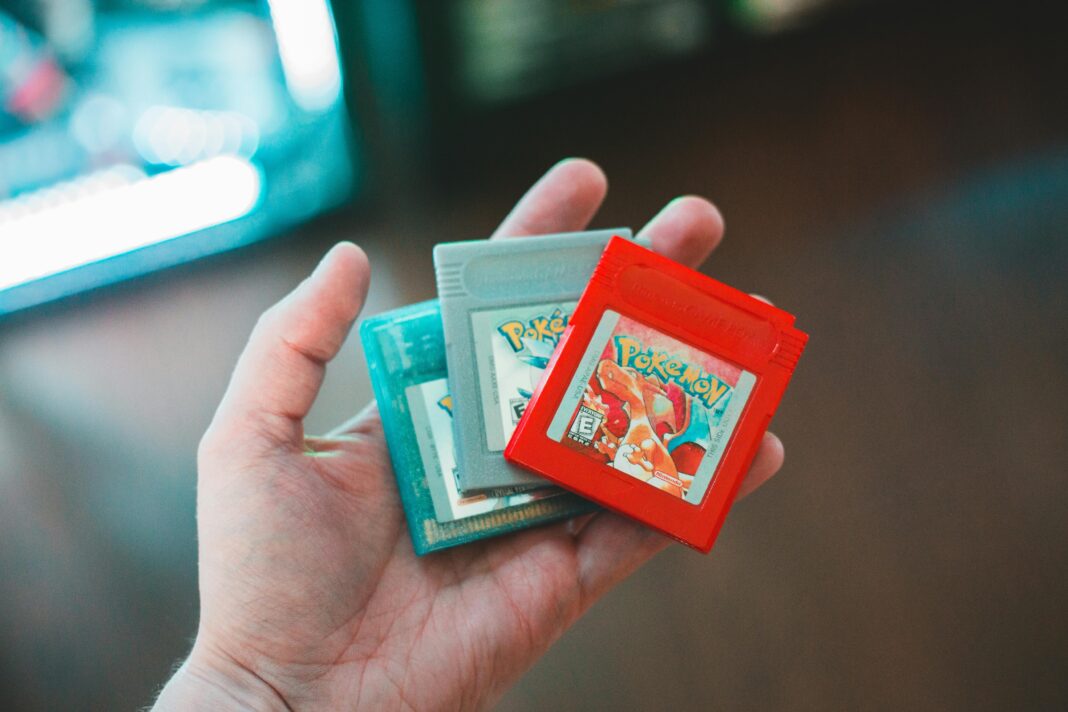When Pokémon Red and Blue launched in 1996, few could have predicted how deeply they would reshape gaming. These games didn’t just introduce a new franchise—they created a cultural phenomenon that influenced game design, social interaction, and entertainment for decades. From the addictive “Gotta Catch ‘Em All” slogan to the strategic turn-based battles, Pokémon Red and Blue set a standard that future RPGs would strive to match. This article examines how these games revolutionized gaming culture, from their mechanics to their lasting legacy.

How Pokémon Red and Blue Revolutionized Gameplay Mechanics
Before Pokémon, most RPGs followed linear storylines with fixed characters. Pokémon Red and Blue changed that by giving players freedom to explore, capture, and train creatures—each with unique stats and evolutions. The turn-based battle system was simple yet deep, encouraging strategic thinking. Unlike other RPGs of the time, Pokémon allowed trading between Game Boys, making it one of the first social video games. This mechanic wasn’t just innovative; it forced players to interact, creating friendships and rivalries.
The games also introduced randomness through “shiny” Pokémon (though rare in the first generation) and hidden stats like IVs (Individual Values), adding replayability. These elements became staples not just for Pokémon but for RPGs in general. Later games like Digimon and Yu-Gi-Oh! borrowed these mechanics, but none matched Pokémon’s execution.
The Cultural Phenomenon: From Games to Global Obsession
Pokémon Red and Blue weren’t just games—they were the foundation of a multimedia empire. The success led to an animated series, trading cards, toys, and even a theme park. The phrase “Gotta Catch ‘Em All” became a mantra for kids worldwide. Schools banned trading cards because they caused distractions, proving how deeply Pokémon had infiltrated daily life.
The games also pioneered handheld gaming. Before smartphones, the Game Boy was the primary portable console, and Pokémon was its killer app. Parents bought Game Boys just so their kids could play Pokémon, boosting Nintendo’s hardware sales. The link cable feature, which allowed trading and battling, made it a social experience long before online multiplayer existed.
Influence on Modern Game Design
Many modern RPGs owe their design philosophy to Pokémon Red and Blue. The idea of collecting, training, and evolving creatures has been replicated in games like TemTem and Monster Sanctuary. Even non-RPGs, like Genshin Impact, incorporate Pokémon-style collection mechanics.
The games also popularized post-game content. After defeating the Elite Four, players could hunt for rare Pokémon like Mewtwo, adding hours of extra gameplay. This concept is now standard in open-world games like The Legend of Zelda: Breath of the Wild.
The Competitive Scene and Esports Legacy
What started as a casual adventure became a competitive battleground. Players discovered complex mechanics like type advantages, stat boosts, and move synergies, leading to organized tournaments. Today, the Pokémon World Championships attract thousands of players, with battles streamed globally.
The games’ balance between accessibility and depth made competitive play possible. Unlike fighting games, which required quick reflexes, Pokémon rewarded strategy and knowledge—making it inclusive for all ages.
FAQs
1. Why were Pokémon Red and Blue so successful?
They combined addictive gameplay, social features (trading/battling), and a deep progression system, appealing to both casual and hardcore gamers.
2. How did Pokémon influence other games?
It popularized creature-collecting mechanics, post-game content, and portable multiplayer—elements now common in RPGs.
3. Is Pokémon still relevant today?
Absolutely. New games, apps (Pokémon GO), and merchandise keep the franchise alive, proving its lasting impact.
Conclusion
Pokémon Red and Blue didn’t just define a genre—they shaped gaming culture. From gameplay innovations to global branding, their influence is undeniable. Even decades later, new games strive to capture the magic that made Pokémon a legend. Whether you’re a nostalgic fan or a curious newcomer, these games remain a benchmark for excellence in gaming.

